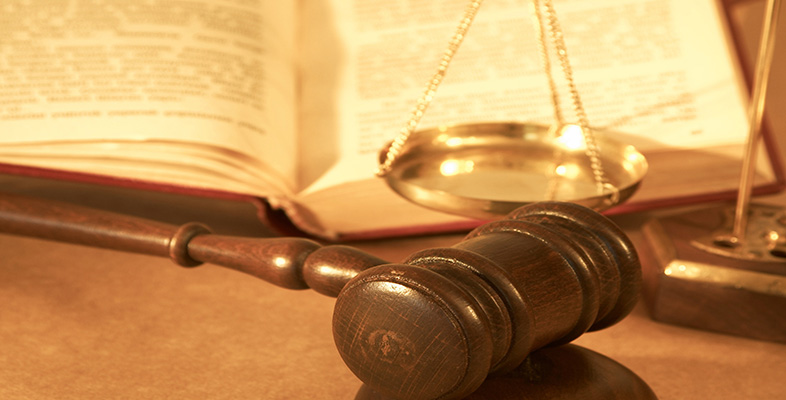3.5 Trade marks, service marks and brands
Brands have become an important aspect of commercial activity, being used to identify and represent the quality of a product or service. International brands such as Nike™ and Coca-Cola® are instantly recognisable and attract customers. Trademarks are indicated by the ™ superscript, and registered trademarks by the ® symbol.
Brands are recognised in law as ‘marks’, for which special protection is given. According to the US Patent and Trademark Office:
A trademark includes any word, name, symbol, or device, or any combination, used, or intended to be used, in commerce to identify and distinguish the goods of one manufacturer or seller from goods manufactured or sold by others, and to indicate the source of the goods. In short, a trademark is a brand name.
This definition clearly identifies trademarks with brands.
Service marks are like trademarks, but identify and distinguish the services of a particular provider. The US also recognises two further marks: collective marks for societies, and certification marks to indicate that products conform to particular standards.
International agreement on trademarks was reached in April 2002 under the Madrid Protocol, managed by WIPO. The US contracted into this treaty in November 2003.
Brands and their associated marks need to be managed, through advertising and refreshing them by means of suitable changes. All this makes sense commercially, but is also necessary from the trademark perspective. For a trademark to remain protected it needs to be maintained and in active use, otherwise some other body will become authorised to use it.
Now complete Activity 4.
Activity 4: Patents, trademarks and market distortion
To what extent does using patents and trademarks distort the market?
Discussion
Patents actually are intended to distort the market, creating a monopoly for the patent’s owner for the life of that patent. This means the price of any goods based on the patent might be inflated, but the counterargument is that this might be necessary to recover the costs of developing the product and patent, and to support research that will lead to more inventions for future exploitation. Once the patent has lapsed the market could revert to its normal competitive state.
People don’t buy goods solely on the basis of price; quality and trust are also important, and brands and trademarks support this. So overall, trademarks help the market rather than distort it.
